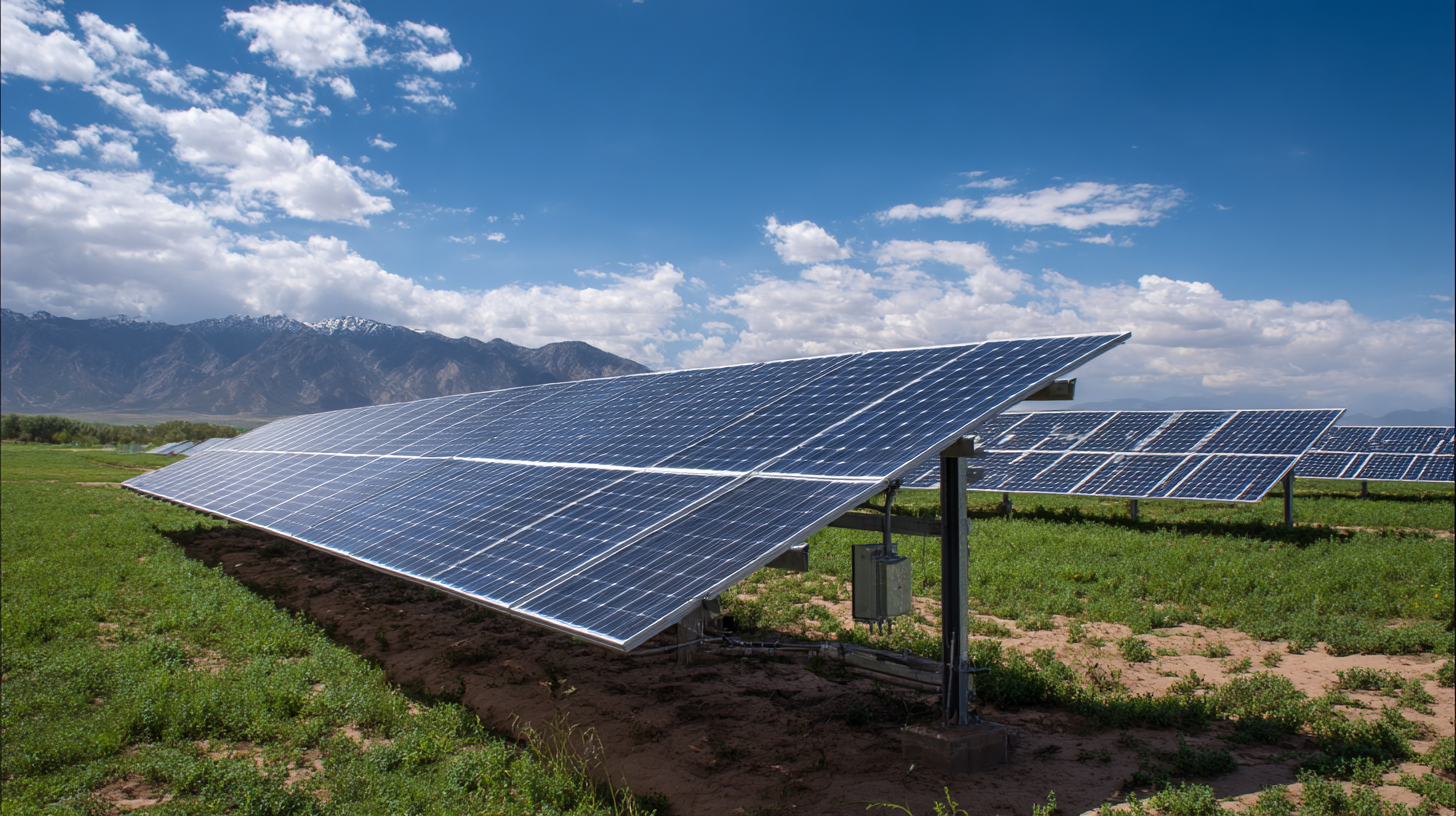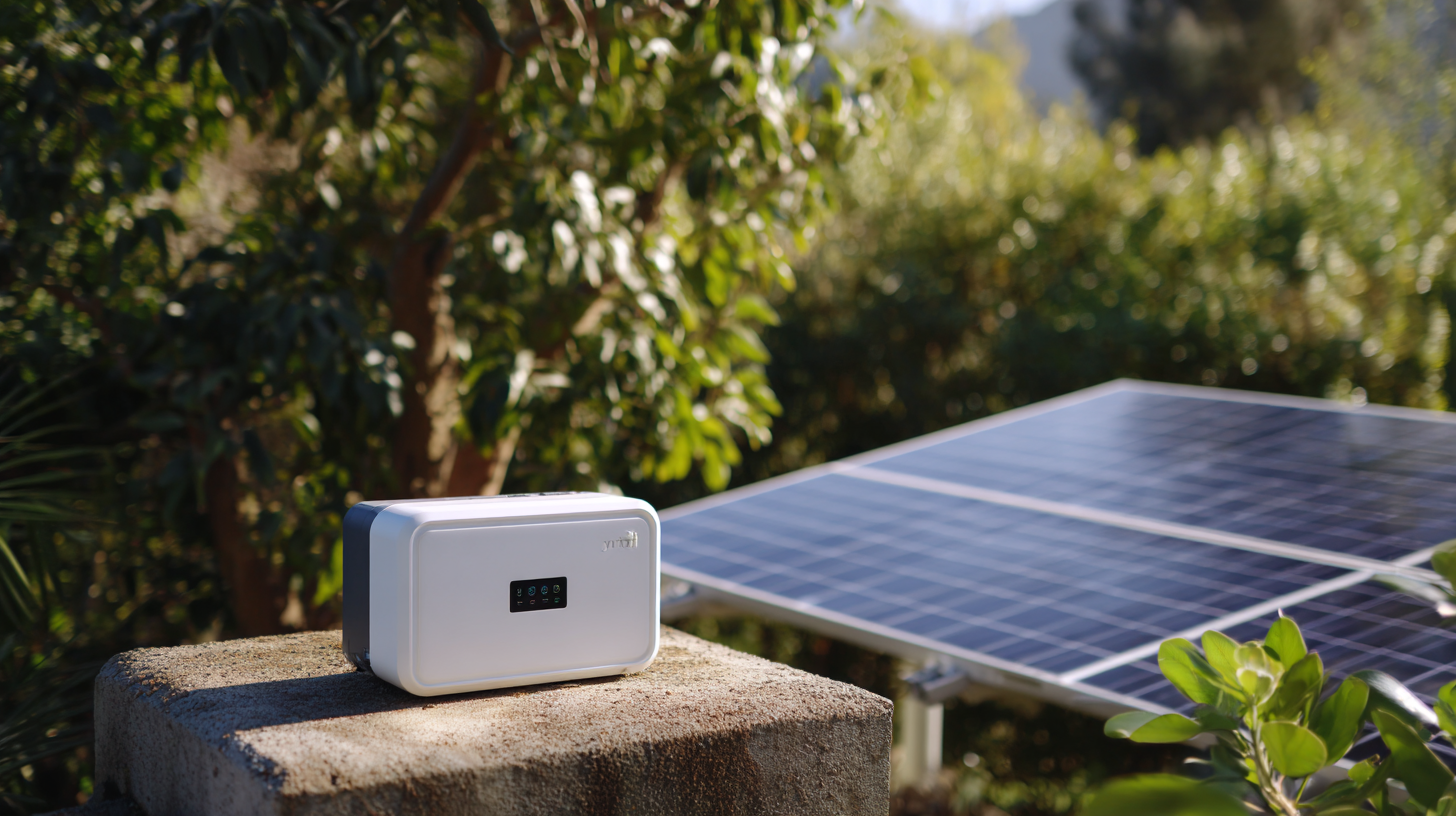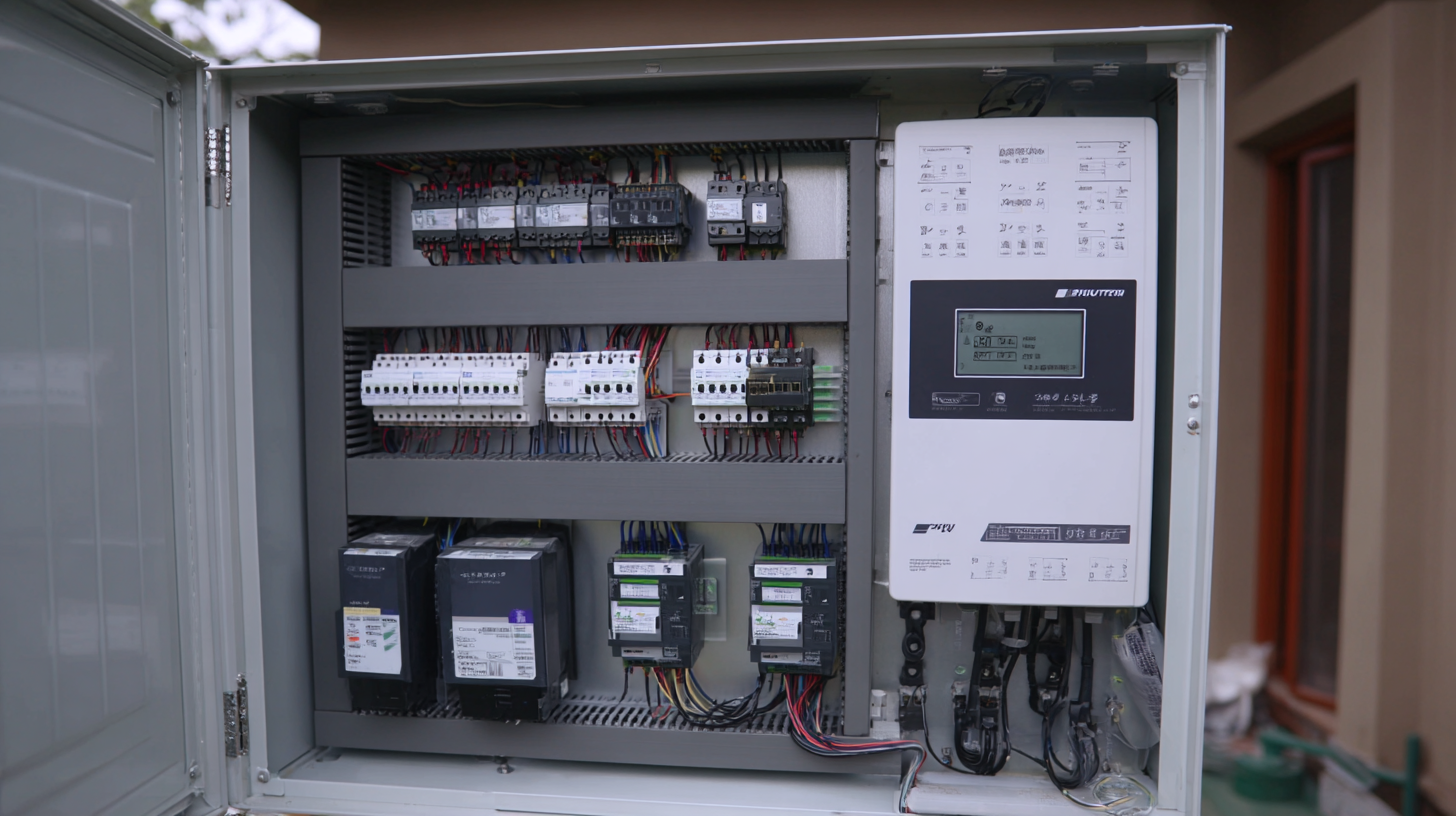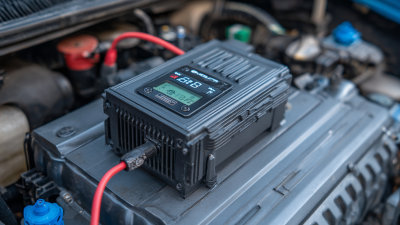
-
Home
-
About Us
-
Products
-
Total Solution
-
News
-
Blog
-
Contact Us
Leave Your Message
-
-
Phone
-
E-mail
-
Whatsapp
-
Whatsapp



As the demand for renewable energy sources continues to surge, optimizing solar energy production has become a critical focus for both residential and commercial applications. The implementation of Maximum Power Point Tracking (MPPT) inverter technology plays a pivotal role in enhancing the efficiency of solar power systems. According to a report by the Solar Energy Industries Association (SEIA), solar installations in the U.S. alone accounted for a record 19.2 gigawatts of new capacity in 2020, highlighting the growing reliance on solar energy. MPPT inverters maximize the energy harvested from solar panels by continuously adjusting the electrical operating point to ensure they produce the highest possible power output under varying environmental conditions. This technology not only improves energy capture but also increases the overall return on investment for solar projects. By integrating MPPT inverter technology, solar energy systems can achieve optimal performance and reliability, making them an indispensable component of modern renewable energy solutions.

Maximizing solar energy production hinges on understanding Maximum Power Point Tracking (MPPT) technology. MPPT refers to a sophisticated algorithm used in solar inverters to ensure that solar panels operate at their optimal power output. Research shows that MPPT can increase energy harvest by up to 25% under varying atmospheric conditions, which is critical for improving the overall efficiency of solar energy systems. In fact, the National Renewable Energy Laboratory (NREL) states that properly implemented MPPT technology can boost system performance, especially during Morning and Evening hours when sunlight is less intense.
**Tips:** To ensure that your solar system is utilizing MPPT effectively, regularly monitor your energy output and inverter performance. Consider installing advanced monitoring systems that provide real-time data on solar production, helping you identify any potential inefficiencies.
Understanding the components of MPPT can enhance your investment in solar technology. MPPT inverters work by continuously adjusting electrical operating points of the modules, leading to optimized energy capture regardless of temperature fluctuations or shading effects. Advanced MPPT algorithms, such as perturb and observe (P&O) and incremental conductance, are critical in achieving higher efficiency rates, often exceeding 90%. According to industry surveys, systems using MPPT technology have demonstrated a significant drop in payback periods, making them a wise choice for residential and commercial solar installations.
**Tips:** When selecting an inverter, opt for models specifically designed with advanced MPPT capabilities to tap into maximum energy production potential, thereby ensuring the longevity and efficiency of your solar investment.
The efficiency of solar energy production is influenced by a multitude of factors, which can significantly impact the overall performance of photovoltaic systems. Environmental conditions, such as dust accumulation, have been shown to decrease solar panel efficiency by up to 70%. Regular cleaning techniques need to be optimized to enhance energy yield, especially in areas prone to dust and dirt. By implementing appropriate maintenance strategies, the performance degradation due to environmental factors can be mitigated, showcasing the importance of site conditions in solar energy generation.
Additionally, the strategic selection of locations for solar installations is crucial. Studies utilizing geographic information systems (GIS) and multi-criteria decision-making (MCDM) methods have identified optimal sites for solar energy projects, including hybrid photovoltaic and concentrated solar power plants. Understanding the integration of solar technologies into varying infrastructures, such as electric vehicle charging stations, further highlights that careful analysis of environmental and site conditions can lead to better solar energy production and utilization.

Maximum Power Point Tracking (MPPT) algorithms are essential for optimizing solar energy production, as they ensure photovoltaic systems operate at their most efficient point. By dynamically adjusting the electrical load on solar panels, MPPT technology can identify and maintain the maximum power point, which fluctuates based on factors like sunlight intensity, temperature, and shading. Implementing these algorithms allows inverters to extract the maximum energy available from solar panels, ultimately enhancing the overall efficiency of the solar energy system.

Several MPPT techniques, such as Perturb and Observe (P&O), Incremental Conductance, and Constant Voltage, can be utilized to track and maintain optimal power output. Each method has its advantages and challenges, depending on various environmental conditions and system configurations.
Through real-time monitoring and rapid response to changing conditions, MPPT algorithms significantly improve solar harvesting performance, making renewable energy sources more viable and dependable for both residential and commercial applications. This technology is crucial for advancing solar energy utilization and driving the transition towards sustainable energy solutions.
Regular maintenance and monitoring of MPPT inverters is essential to ensure optimal output from solar energy systems. As photovoltaic technology continues to advance, the efficiency of MPPT (Maximum Power Point Tracking) inverters plays a crucial role in maximizing energy production. Neglecting these aspects can lead to significant performance degradation, with studies indicating that environmental factors can cause losses of up to 60-70%. Implementing proper maintenance routines, such as regular inspections and timely repairs, can help mitigate these risks and enhance the resilience of solar installations against performance losses.
Incorporating advanced technologies like AI and IoT into the maintenance process can further improve the reliability and efficiency of MPPT inverters. Predictive maintenance frameworks can assess performance metrics and identify potential issues before they escalate, thereby reducing downtime and maintenance costs. Moreover, optimizing cooling strategies, such as utilizing wind-induced cooling, can help combat the adverse effects of environmental conditions, thereby ensuring that MPPT inverters operate at their best, harnessing maximum solar energy for sustainable applications.
| Aspect | Details | Frequency of Maintenance | Expected Output Improvement (%) |
|---|---|---|---|
| Visual Inspection | Check for any physical damage or wear on the inverter and connections. | Monthly | 5-10% |
| Firmware Updates | Ensure the MPPT inverter is running the latest firmware for optimal performance. | Biannually | 7-12% |
| Cleaning | Remove dust and debris from solar panels to ensure maximum sunlight absorption. | Quarterly | 10-15% |
| Performance Monitoring | Track the energy production and efficiency of the inverter over time. | Continuous | 8-20% |
| Electrical Connections | Inspect all electrical connections for corrosion or loose fittings. | Annually | 5-10% |
When comparing MPPT (Maximum Power Point Tracking) inverters with traditional inverters in solar energy systems, it's essential to highlight the significant efficiency gains that MPPT technology provides. A study conducted by the National Renewable Energy Laboratory (NREL) reveals that MPPT inverters can increase energy harvest by 20% to 50% compared to traditional string inverters. This is primarily due to their ability to continuously adjust the electrical load and maximize energy capture from solar panels under varying irradiance conditions.
Additionally, the advantages of MPPT technology extend beyond efficiency. Traditional inverters often operate at a fixed voltage, leading to potential energy losses when the solar array's output fluctuates. On the other hand, MPPT inverters dynamically track the maximum power point of the solar array, which significantly improves performance during partial shading or varying sunlight angles. According to market research from BloombergNEF, the adoption of MPPT technology is expected to grow, with MPPT inverters making up over 85% of global solar inverter shipments by 2025. This shift underscores the industry's recognition of the benefits of MPPT in optimizing solar energy production and enhancing overall system reliability.





